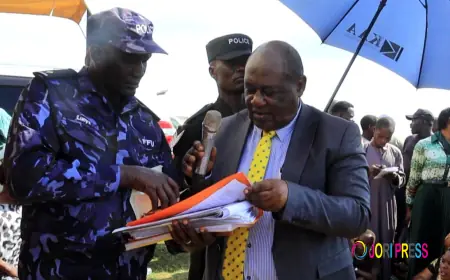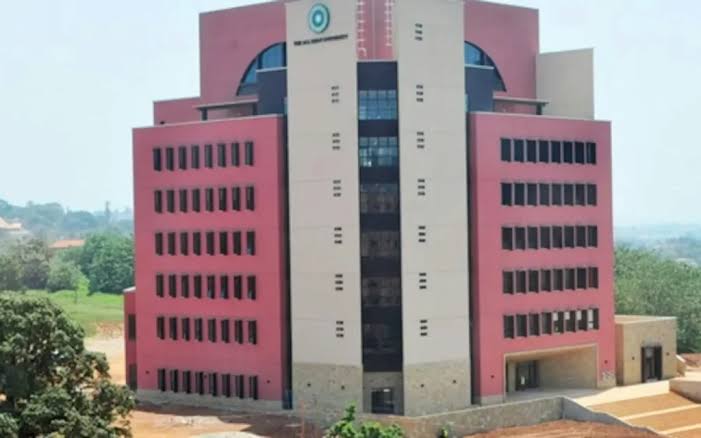Govt acknowledges gaps in public communication


Government ministries, departments, and agencies (MDAs) have admitted that more needs to be done to publicise their activities and highlight achievements to the public.
This consensus was reached at the fourth meeting of leaders of government agencies, held at the State House Investors’ Protection Unit (SHIPU) offices in Kampala. The meeting was chaired by Dr Barirega Akankwasah, executive director of the National Environment Management Authority (NEMA).
Willis Bashaasha, director of the Manifesto Implementation Unit, noted that many Ugandans remain unaware of key projects such as the newly established Kabaale International Airport. He urged agencies to allocate more resources to communication, ensuring that government successes are widely disseminated in local languages across regions like West Nile and Rwenzori.
“Government agencies should commit more of their budgets towards communication to publicise these achievements in all the local languages spoken and widely understood,” Bashaasha said.
The proposal was warmly received, with agency leaders agreeing that a more inclusive communication strategy was necessary to reach Ugandans of all dialects and age groups.
Barirega emphasised the importance of using testimonial approaches featuring direct beneficiaries of government projects, alongside greater use of digital platforms and social media influencers to expand reach. He also highlighted the need to customise messages for diverse audiences such as elites, youth, children, women, and farmers.
“This information should be tailored for the various audiences we seek to target. We have a plan for dissemination on traditional media, social media, and through community baraazas under the Musevenomics concept. Agencies are advised to make better use of their PR officers to publicise what they are doing,” Barirega said.
During her presentation, Gloria Sebikari, corporate affairs manager at the Petroleum Authority of Uganda, shared updates on oil projects in the Albertine region. She reported that the Kingfisher project is 80 per cent complete, with an estimated investment of $3 billion.
All land for the project has been secured, and project-affected persons compensated, relocated, and supported through livelihood restoration. She added that the Tilenga project, which covers six oil fields, is 57 per cent complete.
Together, the projects have generated significant employment opportunities – 17,000 direct jobs (63% held by Ugandans in management, 93% in technical roles, and 98% in support roles). 35,000 indirect jobs created through associated activities. 100,000 induced jobs generated in related industries and communities.
Osborn Turyasingura, secretary at the National Secretariat for Special Interest Groups and KCCA urban division councillor, called for greater youth engagement.
“How do we engage universities, women, and youth structures from the village up to the national level?” Mercy Kainobwisho, registrar general of the Uganda Registration Services Bureau (URSB), praised progress in the petroleum sector and revealed that URSB recently opened a new office in Hoima, which is already performing strongly.
The meeting, attended by more than a dozen executives from different MDAs, discussed cross-cutting issues and reaffirmed the need for stronger, inclusive communication strategies to ensure Ugandans fully appreciate the government’s achievements.
What's Your Reaction?
 Like
0
Like
0
 Dislike
0
Dislike
0
 Love
0
Love
0
 Funny
0
Funny
0
 Angry
0
Angry
0
 Sad
0
Sad
0
 Wow
0
Wow
0





















































